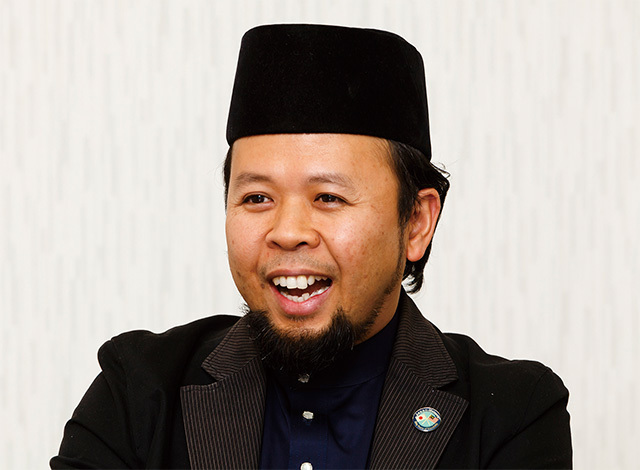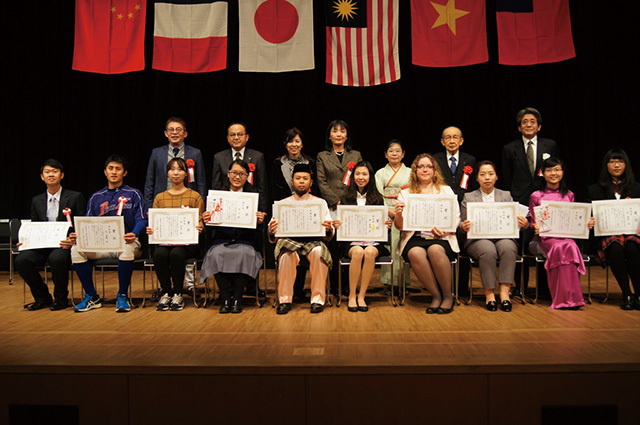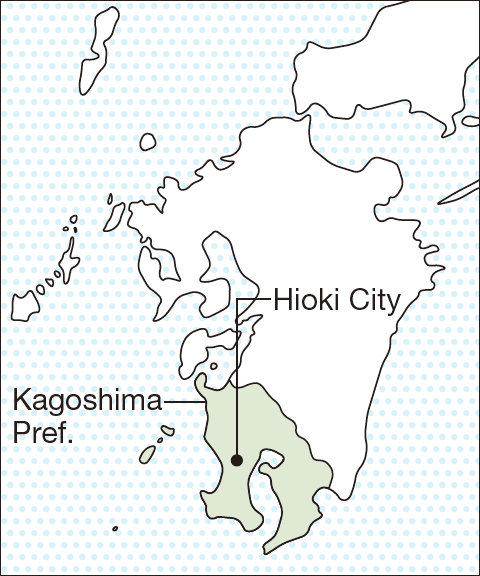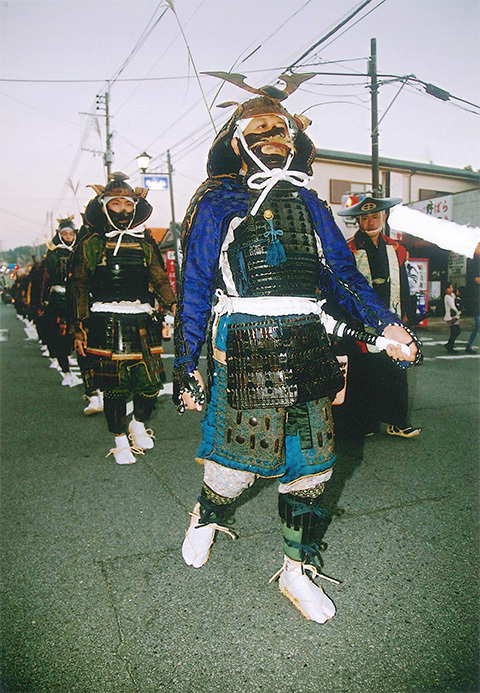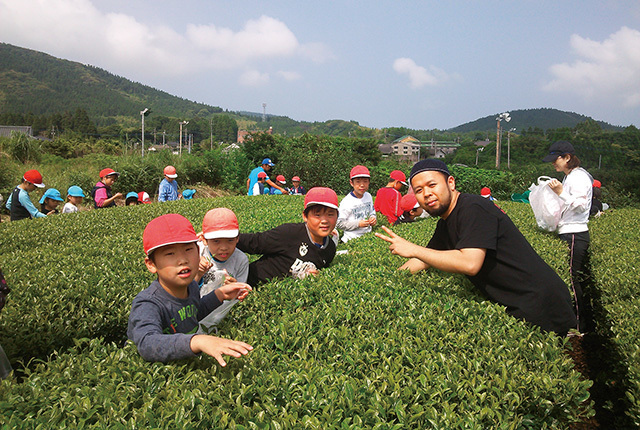Muhamad Syukri Bin Ghazali
Born in Malaysia. Has been working as a Coordinator for International Relations in Hioki, Kagoshima Prefecture, since August 2013. When he was an elementary school pupil, the Japanese television drama Oshin was hugely popular in Malaysia. Deeply impressed by the tenacity of the Japanese, he decided to visit Japan.
Malaysia has adopted a “Look East” policy, which means learning from the developed countries of East Asia, and every year around 200 Malaysians come to study in Japan. I myself had a chance to study at Ritsumeikan University in Shiga Prefecture in 1999. After returning to Malaysia I worked for a Japanese company and also served as an officer of the Alumni Look East Policy Society (ALEPS). Through this society I learned about the JET Programme, and I applied to have the experience of working in Japan. It was thus that I came to Japan again, serving as a Coordinator for International Relations (CIR) in the city of Hioki in Kagoshima Prefecture.
Hioki is a city richly endowed with natural attractions —the ocean, mountains, rivers, and lakes. It has a tranquillity reminiscent of my hometown in the state of Pahang in Malaysia, and I have found it to be a very pleasant place to live. As a CIR here, I visit schools and community centers to speak about topics such as Malaysia’s culture and customs. Perhaps because they are influenced by stories in the media, people sometimes ask questions about Islam that reveal misunderstanding. But I consider such occasions to be a good chance to tell them about the real Islamic religion, so I talk about Islam’s spirit of peace, its strict precepts, and other aspects of the religion. Everyone listens very intently to what I say and tries to understand my explanations, so these sessions are extremely rewarding. Cooking classes in which we prepare Malaysian dishes are very popular as well.
At the same time, I am striving to better understand Japanese culture. I have noted that Japan and Malaysia have many customs in common. Families and relatives spend the New Year together, and guests are treated with great hospitality in both countries. However, Japan’s samurai culture is unique. Hioki has many traditional events. I participated in one of them, the Myoenji Mairi Festival, in which people parade through the city wearing traditional armor. The armor worn by samurai in the past was very sturdy and heavy, and I almost stumbled under the weight. But encouraged by the cheers of the spectators, I managed to complete the walk. By participating in this event together with local people, I was able to get a real sense of Japan’s samurai culture at first hand.
My term as a CIR will soon end, but I would like to continue living in Japan a little longer. Then, when I return to Malaysia, I want to write a book to share my experiences in Japan with my compatriots. Malaysia still has much to learn from Japan—the diligence of the Japanese people, of course, but also the seriousness, all-out commitment, and attention to detail that they display in their lives and in their spirit of service. By conveying those characteristics, I hope to repay my country for giving me the opportunity to come to Japan.


























